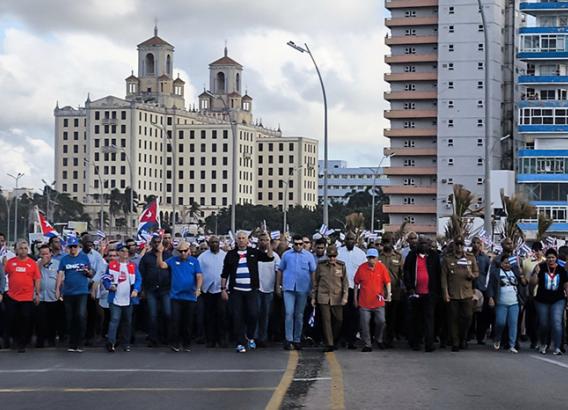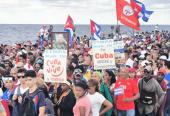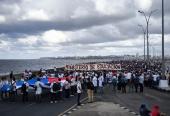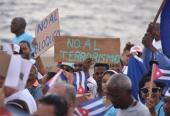Extreme Heat Poses Risks for 2026 World Cup, Experts Warn
especiales

Soccer endured unbearable heat during the recently concluded Club World Cup in the United States, a sweltering preview of what players and fans may face at the 2026 World Cup, co-hosted by the U.S., Mexico, and Canada.
With rising global temperatures, scientists warn that holding major tournaments like the World Cup during the Northern Hemisphere’s summer is becoming increasingly dangerous for both athletes and spectators. Some suggest FIFA may need to adjust the soccer calendar to reduce heat-related health risks.
"The further we go into this decade, the greater the risk becomes unless more drastic measures are taken, such as playing in winter months or cooler latitudes," said Professor Piers Forster, director of the Priestley Centre for Climate Futures at the University of Leeds. "I’m increasingly concerned that we’re just one heatwave away from a sporting tragedy, and I’d like to see governing bodies rely more on climate and health science."
International soccer in June and July has been a tradition since the first World Cup in 1930. However, global temperatures during these months have risen by 1.05°C (1.89°F) since then, according to the U.S. National Oceanic and Atmospheric Administration. European summer temperatures have increased even more sharply, by 1.81°C, with warming accelerating since the 1990s.
Scientists argue this trend must be considered for high-intensity outdoor sports like soccer.
"If you want to play soccer for 10 hours a day, it has to be in the early morning or evening—otherwise, players and fans risk heatstroke or severe heat exhaustion," said climate scientist Friederike Otto of Imperial College London.
Extreme Heat and Storms Disrupt Matches
The expanded Club World Cup, held across 11 U.S. cities from June 14 to July 13, was impacted by extreme heat and thunderstorms. FIFA adapted by implementing additional cooling breaks, increasing on-field water access, and using shaded benches with cooling fans.
Despite these measures, Chelsea midfielder Enzo Fernández reported dizziness from the heat and urged FIFA to avoid afternoon matches in next year’s tournament.
Global players’ union FIFPro has warned that six of the 16 host cities for the 2026 World Cup face an "extremely high" risk of heat stress. FIFA President Gianni Infantino addressed concerns on Saturday, stating that domed stadiums would be prioritized for daytime matches.
The 2030 World Cup, hosted by Spain, Portugal, and Morocco, may face even greater challenges, as all three countries have already seen temperatures exceeding 40°C (104°F) this summer. FIFA downplayed heat risks in its internal bid evaluation, stating that while climate conditions are hard to predict, they are "unlikely to affect player or participant health."
Health Risks of Playing in Extreme Heat
Playing 90 minutes of soccer under direct midday sun can cause hyperthermia, leading to abnormally high core body temperatures.
"When players experience hyperthermia, cardiovascular strain also increases," said Julien Périard of the University of Canberra. "If core temperature rises excessively, exertional heat illness can occur, resulting in muscle cramps, exhaustion, or even life-threatening heatstroke."
While other summer sports often schedule events for early morning or evening to minimize heat risks, soccer’s match times are typically set for European TV audiences. Avoiding daytime matches in 2026 will be particularly difficult as the tournament expands to 48 teams, requiring a tighter schedule.














Add new comment